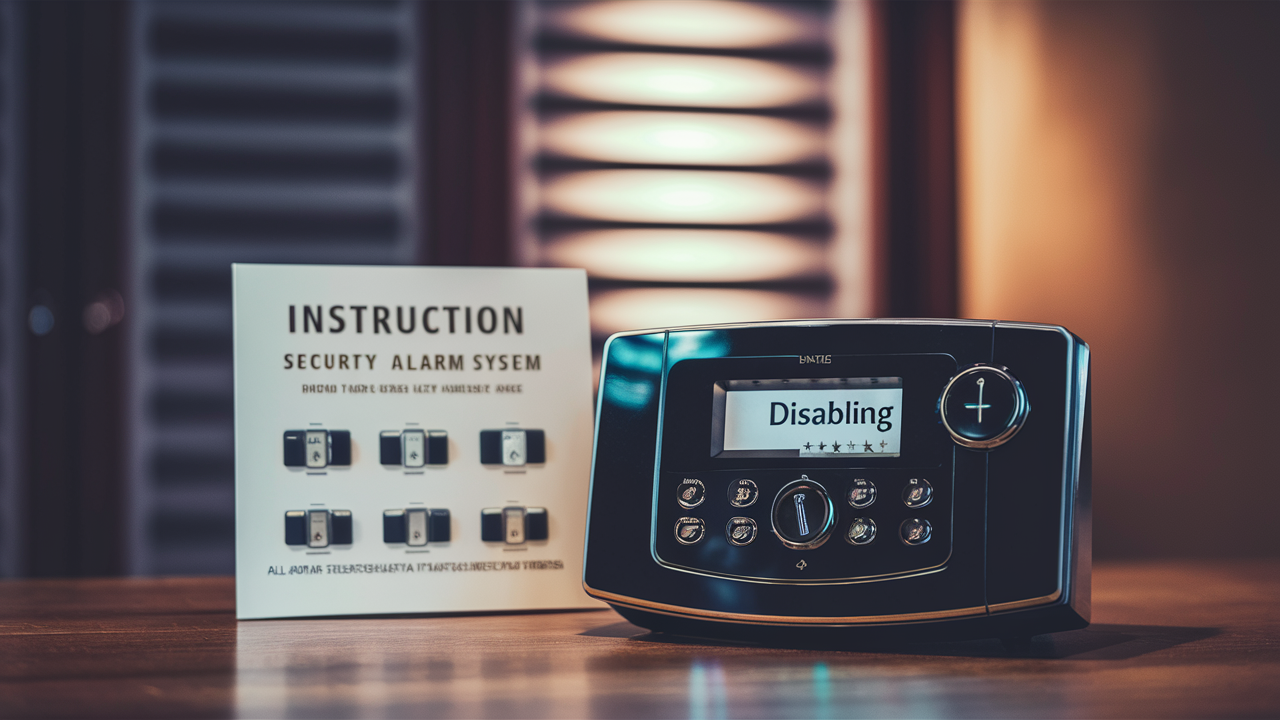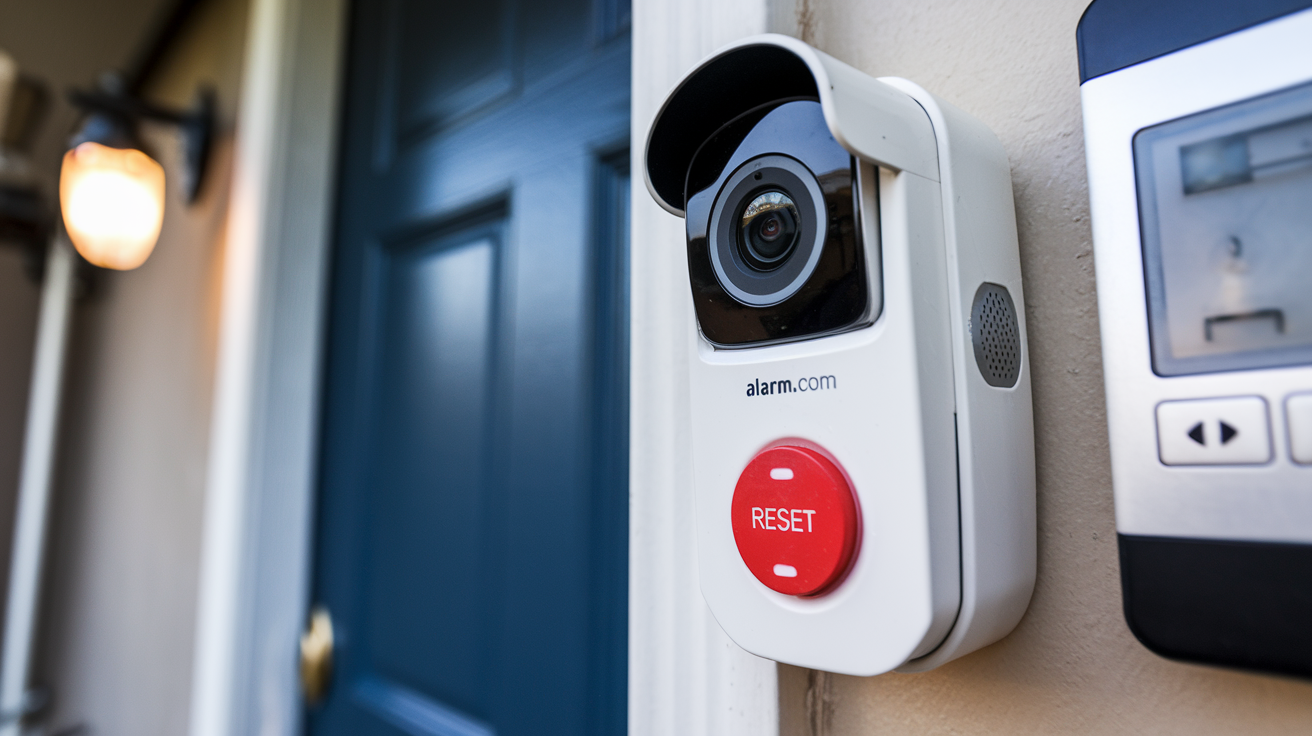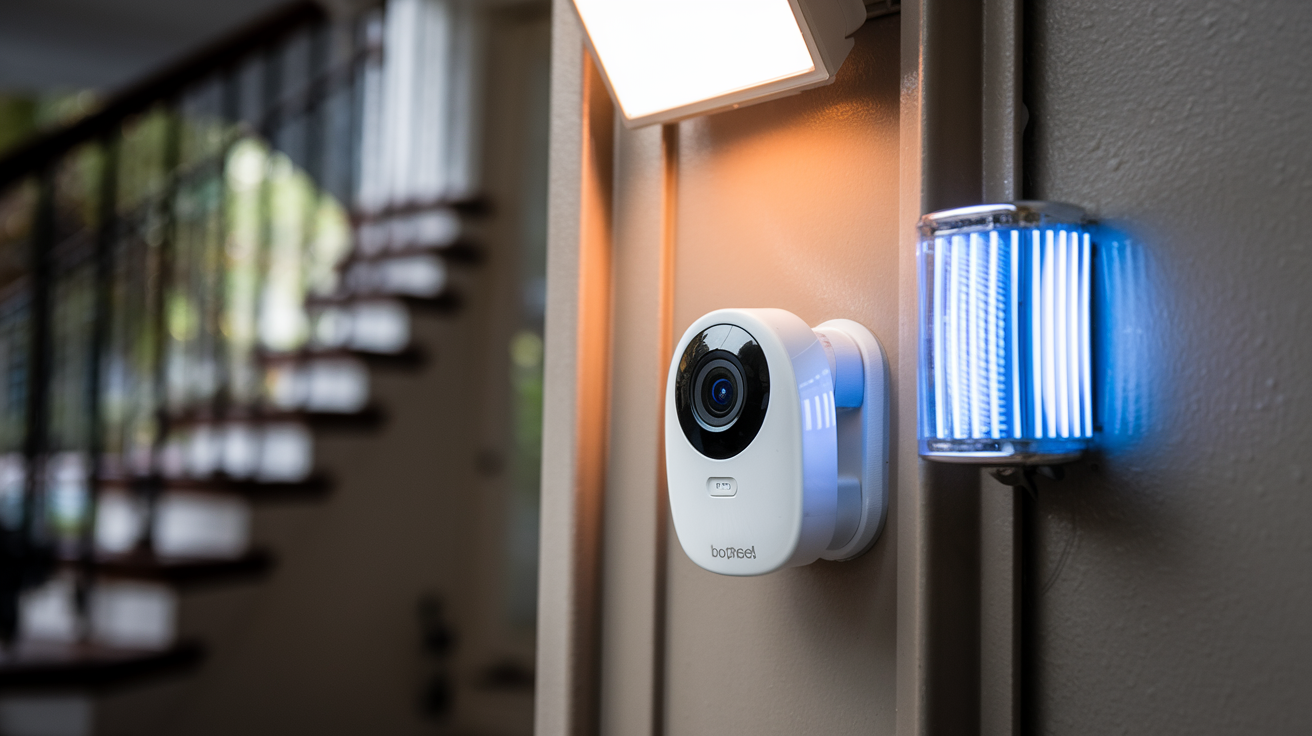Using a Home Security System is a good idea as it creates a perception of security and protection in your house. Nevertheless, there can be situations in which it is necessary to turn your system off, for instance, one is at home and would like to open doors and windows while the alarm continues ringing. To disarm your home alarm system all that is required is to follow a few basic steps and it should not take long.
However, before you disable your home alarm ensure that you know the right way to do it. This could lead to the activation of the alarm when there was an intention of switching the system off. Typically, the home alarm keypads will consist of specific buttons or keys that enable you to disarm the security system. There may also be smartphone apps, web interfaces, or even telephone voice menus to navigate as well. It is therefore important to look at your alarm system user manual or talk with your security firm to know the right way to deactivate the monitoring and the sensors.
First, proceed to the keypad installed on the wall close to the entrance door of your house. Enter your master alarm code and then cancel the master alarm either by using the disarm button on your key chain or by pressing the Off button that corresponds to the zone that triggered the alarm. Some of the systems come with keys marked Bypass or Standby. Once the code is inserted, you are usually given 30 to 60 seconds to open a protected entry/exit door to deactivate the alarm before the system re-arms itself.
Wait for confirmatory beeps or recorded messages that suggest that the monitoring and alarm features have been deactivated. If the keypad displays, it may help in understanding if the entire system is turned off or if only perimeter devices like the door/window contacts are neutralized while leaving interior motions active. Wait for the specified exit delay time to open protected doors and do not open the protected doors which will only cause the siren to activate.
As the main alarm system sensors are switched off, you can walk through the house without triggering the loud alarms. However, you still wish to maintain security in your home. It’s important to lock all doors and windows that you are not accessing when you are in that area. Pull down curtains or blinds at night to ensure that people cannot see into the house. Depend on the switched interior lighting to create the illusion of occupancy when absent. Ensure the alarm system is off by opening a monitored door or moving past a motion sensor and confirming that the alarm does not sound.
It is also important to note that when re-arming your security system, you need to go back to the keypad and enter your master code. Turnkeys marked as On, Away, Stay, or any other similar phrases to set the required alarm mode. Wait until the keypad makes confirmation beeping sounds and status messages on the screen that the system is armed. This means ensuring that you exit through the designated doors before the exit delay expires.
It will either sound its sirens or contact your monitoring company should any of the secured entry points be opened. Make sure to enable the alarm always when your house is likely to be devoid of occupants to gain maximum benefits from this security feature. Permit your security provider to undertake functional testing of sensors during routine inspection sessions. Some of the replacement parts include; poorly functioning door contacts, a bad motion detector, and a weak backup battery.
Some of the more sophisticated home alarm systems may use other ways through which operations of the system can be easily turned on or off depending on specific requirements. For instance, using a smartphone application, web browser interface, or through telephone. It may be possible to activate/deactivate the panel using biometric fingerprint readers for ease. Pre-scheduled time can be set for arming/disarming if you stick to a relatively rigid schedule.
For instance, if you are going on a vacation, some alarm panels have a countdown option where the alarm can be disarmed after a given number of days. This avoids the hassle of false alarms whenever there is a power outage or if storm damages happen and you are not nearby. It also prevents the burglars from knowing that the home is empty for a long time if the alarm continues sounding every morning.
If you decide to turn the system off at random intervals while at home, make sure to inform the alarm monitoring company especially when you are on vacation. You don’t want people in emergency responding teams to be unnecessarily mobilized if some power failure or appliance malfunction sets off the equipment. The majority of providers permit the temporary suspension of monitoring without charges. There is a way in which one can avoid the monthly charges without having to fully delete the account.
Remember that professionally installed and Monitored Alarm Systems involve an upfront cost for the equipment and installation plus monthly monitoring costs. If cost becomes an issue, you can opt for a DIY alarm kit, smart home automation hub, or self-monitoring package. If opting for a budget provider, one will find that the warranty, reliability, and convenience of the remote control are different.
These instructions, I hope, help you get a clearer picture of how to effectively disarm your home alarm system when necessary. However, remember that constant utilization of your alarm each time you are away or sleeping remains the most effective way of getting the best value for your money. Ensure you keep your equipment in perfect working condition as the family’s primary barrier against intruders and other potential disasters. Stay safe!
Protect your home today with ADT’s top-rated security solutions!
Call now at +1 877-470-7879 to get a free consultation and find out how you can secure your home with the best in the business. Don’t wait—ensure your peace of mind with ADT!






